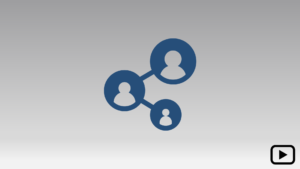
Upgrading the Firmware on a Cisco Phone
In this 30-minute session, Kevin Koeper goes over: What phone firmware is Why it needs to be updated How often it needs to be updated

Upgrading the Firmware on a Cisco Phone
These slides were used to present the Upgrading the Firmware on a Cisco Phone Tech Session. (Click below to view/download these slides)
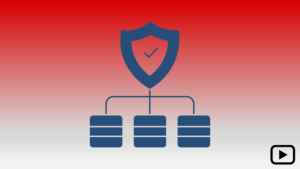
CompTIA: IT Fundamentals+: Applications and Software (Part 3 of 6)
Jim Goughenour continues his discussion of the IT Fundamentals Exam with part 3 where we take a look at the third domain of knowledge needed

CLICA Practice Quiz
This quiz contains questions from each of the 4 topic areas of the CLICA exam: Cisco Unity Connection and Cisco Unity Express Single Sign-On (SSO)
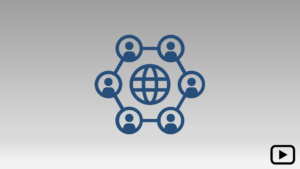
Using Cisco’s Real Time Monitoring Tool (RTMT)
Cisco’s Real Time Monitoring Tool, known as RTMT, is a very useful program that can monitor server performance and device status in real time. It

Using Cisco’s Real Time Monitoring Tool (RTMT)
These slides were used to present the Using Cisco’s Real Time Monitoring Tool Tech Session. (Click below to view/download these slides)

Zero-Trust: Deployment and Use Cases
These slides were used to present the Zero Trust: Deployment and Use Cases Tech Session. (Click below to view/download these slides)
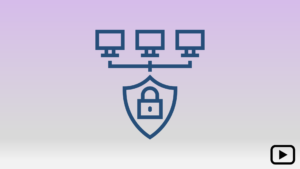
Zero-Trust: Deployment and Use Cases
Zero trust (ZT) is the term for an evolving set of cybersecurity paradigms that move defenses from static, network-based perimeters to focus on users, assets,
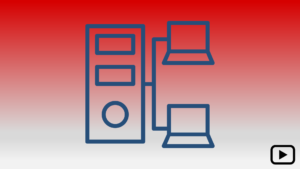
CompTIA: IT Fundamentals+: Infrastructure (Part 2 of 6)
Jim Goughenour continues his discussion of the IT Fundamentals Exam with part 2 where we a look at the second domain of knowledge needed to

Overview of Network Programmability
This 1-hour Tech Session, presented by Edwin Owen, provides a sound understanding of what is meant by the term Programmability and the essential tools every
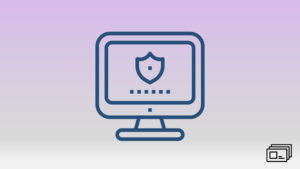
Zero Trust Security: A More Effective Security
These slides were used to present the Zero Trust Security: A More Effective Security Tech Session. (Click below to view/download these slides)
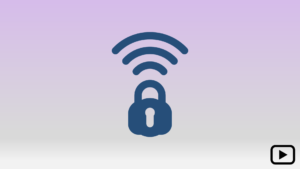
Zero Trust Security: A More Effective Security
In this 30-minute Tech Session, Skyline instructor Eric Smith discusses Zero Trust and how IT organizations can implement it, protecting your organization wherever your employees are
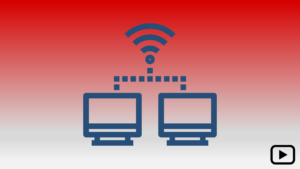
CompTIA: IT Fundamentals+: IT Concepts and Terminology (Part 1 of 6)
In this first of six Tech Sessions on this particular exam, Jim Goughenour looks not only at the entire credential, and answers questions about that,
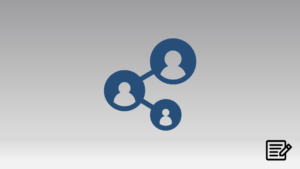
When are Deleted LDAP Users Removed From CUCM?
By: Kevin Koeper Initially, this sounds like a straight forward question with a simple answer. If users in Cisco Unified Communications Manager (CUCM) are synchronized
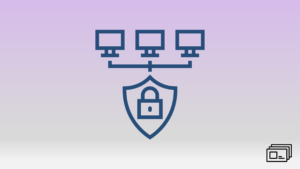
MACSec: The New VPN
These slides were used to present the MACSec: The New VPN Tech Session. (Click below to view/download these slides)
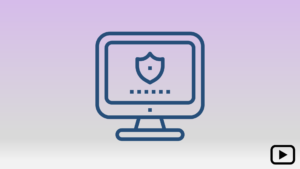
MACSec: The New VPN
In this Tech Session, Skyline instructor Eric Smith discusses end-to-end security of data, how it needs to be secured when at rest (processed or stored
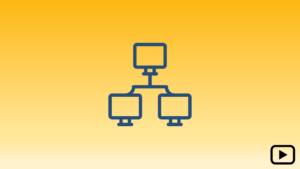
CCNA Composite Lab Build Part 12: Device Hardening
In the 12th and final installment of the CCNA Composite Lab Build, Jim Goughenour takes a deeper look at device hardening. What is device hardening
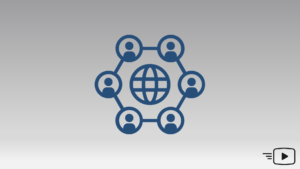
Configuring a Fixed Audio Source
This brief video walks you through how to configure a fixed audio source in CUCM. This video is a small portion of the Everything You

Everything You Always Wanted to Know About CUCM Music On Hold
In this 1-hour Tech Session, Kevin Koeper goes over how to record new MoH (Music on Hold) audio files, how to upload MoH files to
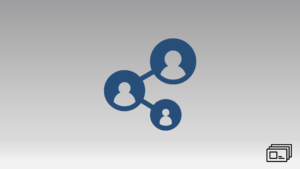
Everything You Always Wanted to Know About CUCM Music On Hold
These slides were used to present the Everything You Always Wanted to Know About CUCM Music On Hold Tech Session. (Click below to view/download these slides)

Part 2: Examples of Separation
Following up on his last Tech session (“Separation Anxiety – Examining Layer 2 Separation and Trustsec in Cisco Devices“), in this 1-hour session, Eric Smith
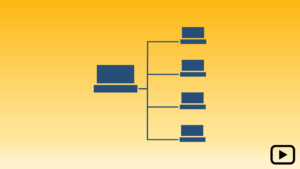
CCNA Composite Lab Build Part 11: Basic Network Security Policy Construction and Testing
In the 11th installment of the CCNA Composite Lab Build, we turn our attention to securing the devices that provide interconnection and data path services.
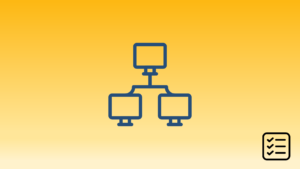
CCNA Self-Study Topics – Learning Collection
The majority of topics for the CCNA exam are covered in the 5-day class. There are an additional eight topics that are not covered in
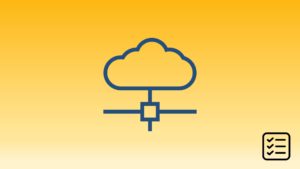
CCNA Composite Lab Builds – Learning Collection
Skyline instructor Jim Goughenour put together this Composite Lab series to help you on your way to CCNA certification. These sessions provide valuable practice in
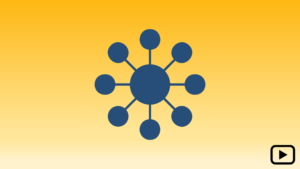
CCNA Composite Lab Build Part 10: Syslog Configuration and Testing
In the 10th Installment of the Composite Lab Build, Jim Goughenour takes a closer look at system logging, along with some other IP services used

Part 1: Examining Layer 2 Separation and TrustSec in Cisco Devices
These slides were used to present the Examining Layer 2 Separation and TrustSec in Cisco Devices Tech Session. (Click below to view/download these slides)
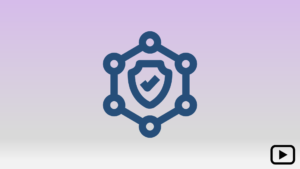
Part 1: Examining Layer 2 Separation and TrustSec in Cisco Devices
In this 1-hour session, Eric Smith looks at layer 2 separation and TrustSec in Cisco devices. Click here to view/download the slides for this Tech

Introduction to Multifactor Authentication – Cisco Duo and a Zero Trust Solution
In this 30 minute session, our Cisco-certified cybersecurity expert, Kenya Thomas, highlights the importance of using MFA to protect yourself and your company from phishing

CCNA Composite Lab Build Part 9: Static and Dynamic NAT
In the 9th Installment of the Composite Lab Build, Jim Goughenour takes a closer look at static and dynamic network address translation and demos it

Healthy Mind / Healthy Body
This short video talks about the benefits of regular exercise and meditation and how that ties in to work performance. This video is a small

Why Are Some Customers Difficult?
This short video talks about what makes some customers difficult and what they may be looking to get out of the interaction. This video is

Cultivating a Positive Mental Attitude
This video talks about different ways of cultivating a positive attitude including creating a gratitude journal. This video is a small portion of the Dealing
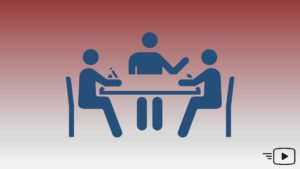
Dealing With Customers In Person
This brief video gives some tips on how to deal with customers in person including making eye contact and using non-verbal encouragers. This video is

Building Rapport
This brief video provides tips on how to build rapport with your customers including addressing them by name, using “we” language, and being attentive to

Dealing With Customers Over the Phone
This brief video provides best practices for dealing with customers over the phone which is a very different experience than in-person. This video is a

Stressors
This short video talks about the differences between internal stressors (feeling tired, irritable, etc.) and external stressors (alarm clocks, crowded elevators, etc.). This video is

Dealing With a Rude Customer
This short video provides some helpful tips on how to deal with a rude customer including remaining calm and reminding the customer that you are
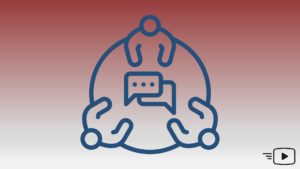
Offering a Verbal Solution
This brief video explains the best practice of offering a verbal solution which not only diminishes the customer’s anxiety but confirms they are on board.

Dealing With an Unsatisfiable Customer
This short video provides some helpful tips on how to deal with an unsatisfiable customer including offering a range of solutions and remaining focused on

Dealing With an Angry Customer
This short video provides some helpful tips on how to deal with an angry customer including not taking their anger personally and being aware of

Customer Follow-Up
This brief video talks about the importance of following up with your customer whether that’s via phone, email, or even a physical letter. This video

Is Your Customer Satisfied?
This brief video, we look at how to determine whether your customer is truly satisfied by paying attention to not only their words but also

Soft Skills Secret Weapon: Active Listening
This video explains what active listening is, how to demonstrate it, and why it is so important for effective communication. This video is a small

Adaptability and Flexibility
This short video emphasizes the importance of being adaptable in the workplace including willingness to take on new roles and being open to alternative solutions.

Effective Communication
Communication is the foundation of all other soft skills. In this video, Kenya discusses the different types of communication we use everyday. This video is

Emotional Intelligence
In this video, Kenya takes a closer look at the four components that make up a person’s Emotional Intelligence (EI): self-awareness, self-management, social awareness, and

Empathy in Action
In this brief video, Kenya stresses the importance of empathy in building professional relationships and provides examples of what empathy looks like, in action. This

Professional Networking
In this short video, Kenya talks about how to be successful in professional networking by taking time to build relationships, identifying others’ interests, reaching out,

Nonverbal Communication
In this brief video, Kenya explains the importance of nonverbal communication providing examples of both good and bad nonverbal communication behaviors. This video is a

Openness and Honesty
In this short video, we look at the positive benefits of practicing honesty, transparency, and a willingness to communicate in professional environments. This video is

Problem Solving
In this video, we look at what goes into successful problem solving from defining the problem to moving forward with a solution to re-evaluating the

Teamwork
In this short video, we look at how to build a successful team and how to embrace your role on a team through understanding expectations,

Benefits of Improving Relationship Skills
In this brief video, Kenya provides an overview of how improving your relationship skills can help you further your career and achieve your goals. This

Attitude and Work Ethic
In this short video, Kenya discusses determining what you consider to be rewarding work and setting personal goals to improve work ethic. This video is
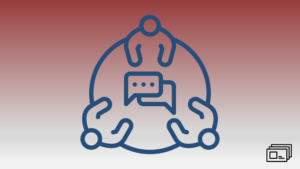
Dealing With Challenging Customers
These slides were used to present the Dealing With Challening Customers Tech Session. (Click below to view/download these slides)
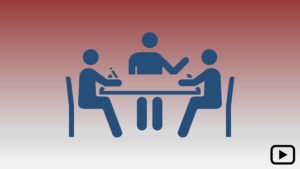
Dealing With Challenging Customers
Customer service is a necessary position in the job world today. It helps companies give customers what they want and what they need. In this
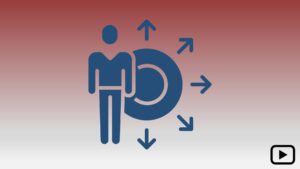
Ten Soft Skills You Need to Succeed
Having the technical skills and knowledge to successfully execute your job duties is only one part of being the best you can be in the
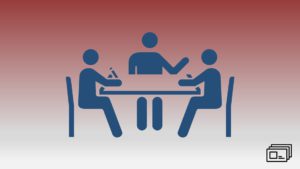
Ten Soft Skills You Need to Succeed
These slides were used to present the Ten Skills You Need to Succeed Tech Session. (Click below to view/download these slides)

Preparing for Cisco’s CLCOR Exam
This quiz is compiled from questions presented by Kevin Koeper in his Preparing for Cisco’s CLCOR Exam Tech Session.
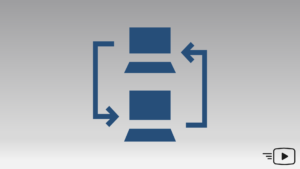
NTP Review (Section 1.3.b)
This short video reviews NTP including the various stratums and how subscribers and SIP phones get their time. This video is a small portion of

Security Review (Section 1.1.g)
This video reviews security concepts for the CLCOR exam including ITL, CTL, MIC, and LSC. This video is a small portion of the Preparing for
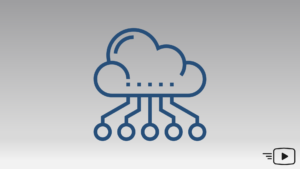
High Availability Review (Section 1.1.d)
In this short video, Kevin Koeper reviews the advantages of high availability as well as the WAN requirements. This video is a small portion of
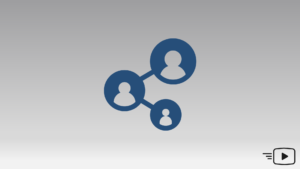
TFTP Review (Section 1.3.f)
In this short video, we look at what TFTP is as well as the two options for sending TFTP information, DHCP Option 150 and Option

SNMP Review (Section 1.5.a)
In this brief video, Kevin Koeper explains what SNMP is used for, the various components of SNMP, and how to enable SNMP on CUCM or

DHCP Review (Section 1.3.a)
This video outlines the information provided by DHCP and how DHCP requests are sent as a layer 2 broadcast. This video is a small portion
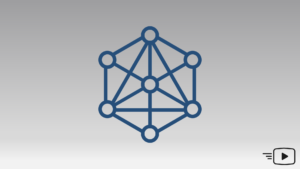
Disaster Recovery Review (Section 1.1.e)
This brief video discusses disaster recovery backups and how they are sent, saved, and encrypted using the Cluster Security password. This video is a small

Certificates on the Server Review (Section 1.3.g)
In this short video, Kevin Koeper goes through the different server certificates including Tomcat, CallManager, and CAPF. This video is a small portion of the

LLDP Review (Section 1.3.d)
This brief video provides an overview of LLDP including how to enable/disable it globally. This video is a small portion of the Preparing for Cisco’s

CDP Review (Section 1.3.c)
This brief video provides an overview of CDP including how to enable/disable it globally. This video is a small portion of the Preparing for Cisco’s

Preparing for Cisco’s CLCOR Exam
These slides were used to present the Preparing for Cisco’s CLCOR Exam Tech Session. (Click below to view/download these slides)

Preparing for Cisco’s CLCOR Exam
In this 1-hour Tech Session, Kevin Koeper goes over how to prepare for the 350-801 CLCOR exam. He looks at what resources are available to
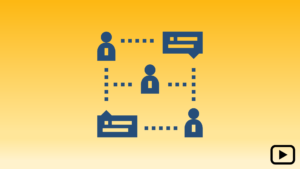
CCNA Composite Lab Build Part 8
In Jim Goughenour’s 8th Installment of the Composite Lab Build, we take a closer look at named and numbered access control lists. Join us as

Referencing a Set in a Translation Rule
This short video shows how to reference a set in a translation rule using a backslash and the set number. This video is a small

Testing Translation Rules
This video shows how to test translation rules using the built-in test rule: test voice translation-rule x yyyyyyyyyy. This video is a small portion of

Translation Rule Example 9: Drop All Calls from a Specific Number
This video walks through an example of how to drop any calls coming from a specific number (408-555-9999, in this case). This video is a

Translation Rule Example 8: Translating an Inbound DID from Incorrect Format
This brief video walks through an example of how to translate any inbound 10-digit DID that is not in the correct format to the receptionist

Translation Rule Example 7: Translating DID to Match Phone Extension
This brief video walks through an example of how to translate an inbound 10-digit DID to a 4-digit extension. This video is a small portion

Translation Rule Example 6: Removing Dashes From Inbound DID
This short video walks through an example of how to remove dashes from an inbound 10-digit DID. This video is a small portion of the

Translation Rule Example 4: Match Patterns Not Starting with 0, 5, 6, 7, 8 or 9
This brief video walks through an example of matching patterns that do not start with 0, 5, 6, 7, 8 or 9. This video is

Translation Rule Example 5: Dropping the Leading 1 or 91 from Called Number
This brief video walks through an example of how to change called number to drop the leading 1 or 91. This video is a small

Translation Rule Example 3: Match Patterns Starting with 1, 2, 3 or 4
This short video walks through an example match patterns that start with 1, 2, 3, or 4. This video is a small portion of the

Translation Rule Example 2: Making the Matching Pattern More Specific
This brief video walks through an example of how to make the matching pattern more specific. This video is a small portion of the Configuring

Translation Rule Example 1: Changing Outbound Caller ID
This video walks through an example of how to change an outbound Caller ID from a 4-digit extension to a 10-digit DID. This video is

Translation Rule Variables
This short video explains how different variables can be used in the match pattern. This video is a small portion of the Configuring Voice Translation

Using Translation Rules to Block Calls
This short video explains how to use the “reject” command to block calls. This video is a small portion of the Configuring Voice Translation Rules

Why Do We Need Translation Rules?
This brief video answers the question, “Why do we need translation rules?” which are responsible for changing the Calling or Called numbers. This video is

Configuring a PRI in a Voice Gateway
This video walks through the steps involved in configuring a PRI in a voice gateway from configuring connectivity to the PSTN to verifying that the

Configuring an H.323 Voice Gateway
This short video walks through how to configure an H.323 Voice Gateway in CUCM. This video is a small portion of the Configuring and Troubleshooting

PRI Clocking
This video provides a quick review of PRI Clocking which determines when a signal will be sampled. This video is a small portion of the

High Level Architecture of a PRI
This short video explains what a PRI is as well as a high-level look at its’ architecture. This video is a small portion of the

B-Channel Usage on a PRI
This video provides a quick review of how B-Channels are used on a PRI and how they help to avoid “Glare”. This video is a

Troubleshooting Wrong Caller ID Being Sent
This short video walks through troubleshooting a wrong caller ID being sent as a 5-digit extension rather than the normal 10-digit ID. This video is

Troubleshooting PRI Clocking Issues
This video talks about how to troubleshoot slips on a PRI that are often caused by an incorrect clock source. This video is a small

Troubleshooting Calls Over a PRI
This video walks through how to troubleshoot calls over a PRI including unallocated/unassigned numbers. This video is a small portion of the Configuring and Troubleshooting

Troubleshooting Layer 1 Connectivity in PRI Configuration
This short video walks through how to troubleshoot a layer 1 connectivity error in a PRI configuration. This video is a small portion of the

Troubleshooting Layer 2 Connectivity in PRI Configuration
This short video walks through how to troubleshoot a layer 2 connectivity error in a PRI configuration. This video is a small portion of the

CCNA Composite Lab Build Part 7
In Jim Goughenour’s 7th Installment of the Composite Lab Build, we dive a little deeper into EtherChannel, and take a look at how this improves
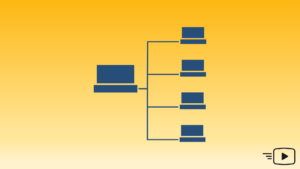
CCNA Mock Exam: Question 10
This video presents Question 10 of the CCNA mock exam: What standard is used in close conjunction with Wi-Fi? This video is a small portion

CCNA Mock Exam: Question 9
This video presents Question 9 of the CCNA mock exam: In a topology where there are four redundantly connected switches, which of the provided answers
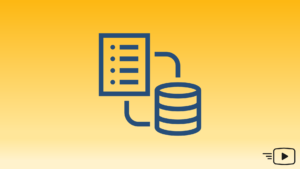
CCNA Mock Exam: Question 8
This video presents Question 8 of the CCNA mock exam: What IOS command is used to create a static NAT between an inside local IP
